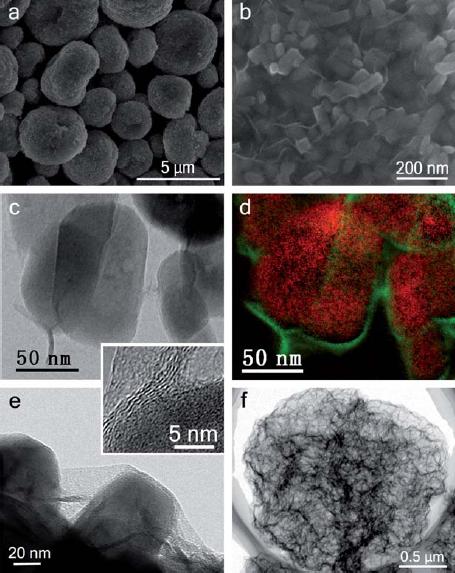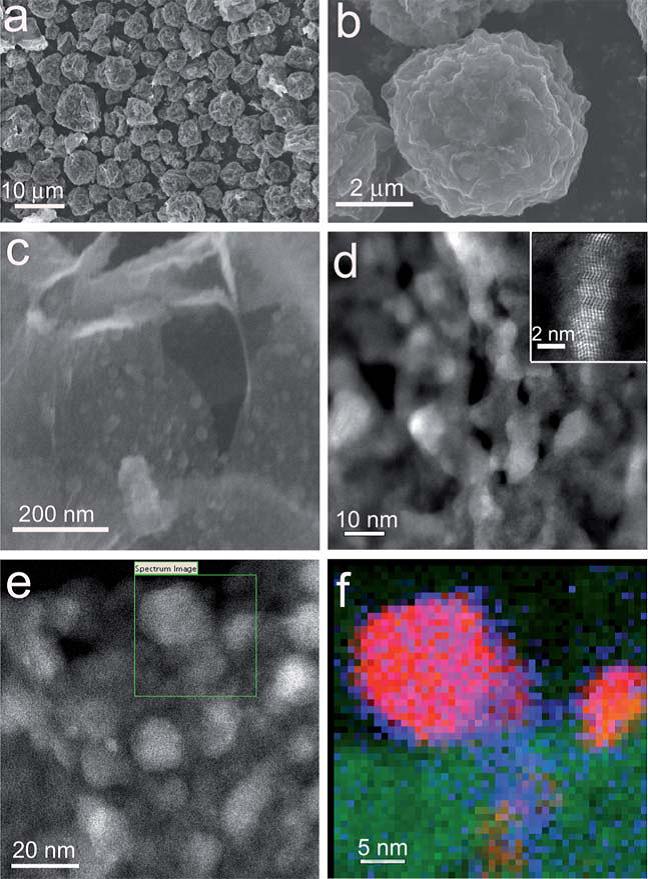Graphene is a new type of 2D material composed of sp2 hybridized carbon atoms. Since the discovery of graphene in 2004, this new carbon material has brought enormous attention globally due to its unique structure as well as excellent physicochemical properties. Graphene has exhibited broad applications in diverse prospects, and is expected to generate the next material revolution as silicon did in the past decades. According to recent research progress, lithium ion battery is one of the most promising applications for graphene.
A research group led by professor Zhaoping Liu from the Ningbo Institute of Materials Technology & Engineering (NIMTE), CAS has been carrying out research on the preparation of graphene and its applications in Li-ion battery, and has achieved a series of progress in the past few years. In 2009, the group reported a modified chemical exfoliation method for preparing graphene nanosheets with ultra-large and controllable size by exfoliation of graphene oxide using a simple and mild shaking process instead of vigorous ultrasonication treatment. The obtained graphene sheets have lateral sizes up to 200 μm, and can be easily dispersed in a variety of solvents, which lays a good foundation for the subsequent applications (Fig.1). This work was published in Chem. Commun. 2010, 46, 2511 (http://pubs.rsc.org/en/Content/ArticleLanding/2010/CC/b914412a
 |
|
Fig.1 Monolayer graphene oxide and chemically reduced graphene sheets with ultra-large size |
 |
|
Fig.2 LiFePO4/graphene composite cathode material |
 |
|
Fig.3 Si/graphene composite anode material with a porous 3D nanostructure |
 |
|
Fig.4 TiO2/graphene composite anode material and its excellent electrochemical performance |
In April of 2012, the registered graphene industrialization technology was sold to the Shanghai Nanjiang (Group) Co., Ltd., and then a new enterprise, co-sponsored by the NIMTE and the Nanjiang, named Ningbo Morsh Technology Co., Ltd was founded to develop production and marketing of graphene. The start-up company plans to establish a graphene production line with an annual capacity of 300 tons in 2013.
The graphene products possess a perfect conjugated structure due to the non-destructive preparation method, giving rise to ultra-high electrical and thermal conductivity. Therefore, the graphene products have incomparable advantages in lithium ion battery applications. Graphene can serve as a high-performance conductive additive to greatly reduce the internal resistance and improve the thermal dissipation of the batteries. Accordingly, the rate performance and cycle life of the Li ion batteries can be significantly enhanced using graphene conductive additives. Meanwhile, the total amount of conductive additives can be effectively reduced to increase the capacity of the batteries.
Their research indicates that the electrochemical performance of LiFePO4 batteries adding 1% of graphene conductive additive is comparable to that adding 2% of carbon nanotube conductive additive. There are several Li ion battery companies who also gave similar positive feedbacks after using graphene in their batteries, which demonstrates that great potential of graphene conductive additives for commercial applications.
On the other hand, the group also developed a novel technique of graphene-coated aluminum foil as current collectors for cathode in Li ion batteries. The ultrathin graphene coating layer has thickness less than 1 micron which is ~1/10 of traditional carbon black coatings. It can greatly reduce the interface resistance and increase the adhesive strength between active materials and Al foil. Thus the rate capability and cycling stability of the batteries can be remarkably enhanced. A production line of graphene coated aluminum foil with an annual output of 2 million m2 has been established on December 5, 2012.
As a new material, the development of graphene in the past 8 years keeps in an amazing high speed, which is attributed to its excellent physical and chemical properties, as well as attractive application potentials in various areas. With the efforts of scientists from all over the world, graphene will continue to show its magic power to the whole world. Moreover, with the rapid development of industrial technology, graphene is expected to enter our daily life in the near future.
Professor Zhaoping Liu liuzp@nimte.ac.cn
Research Group Url: http://english.nimte.cas.cn/rh/rd/battery/
All Images by 

